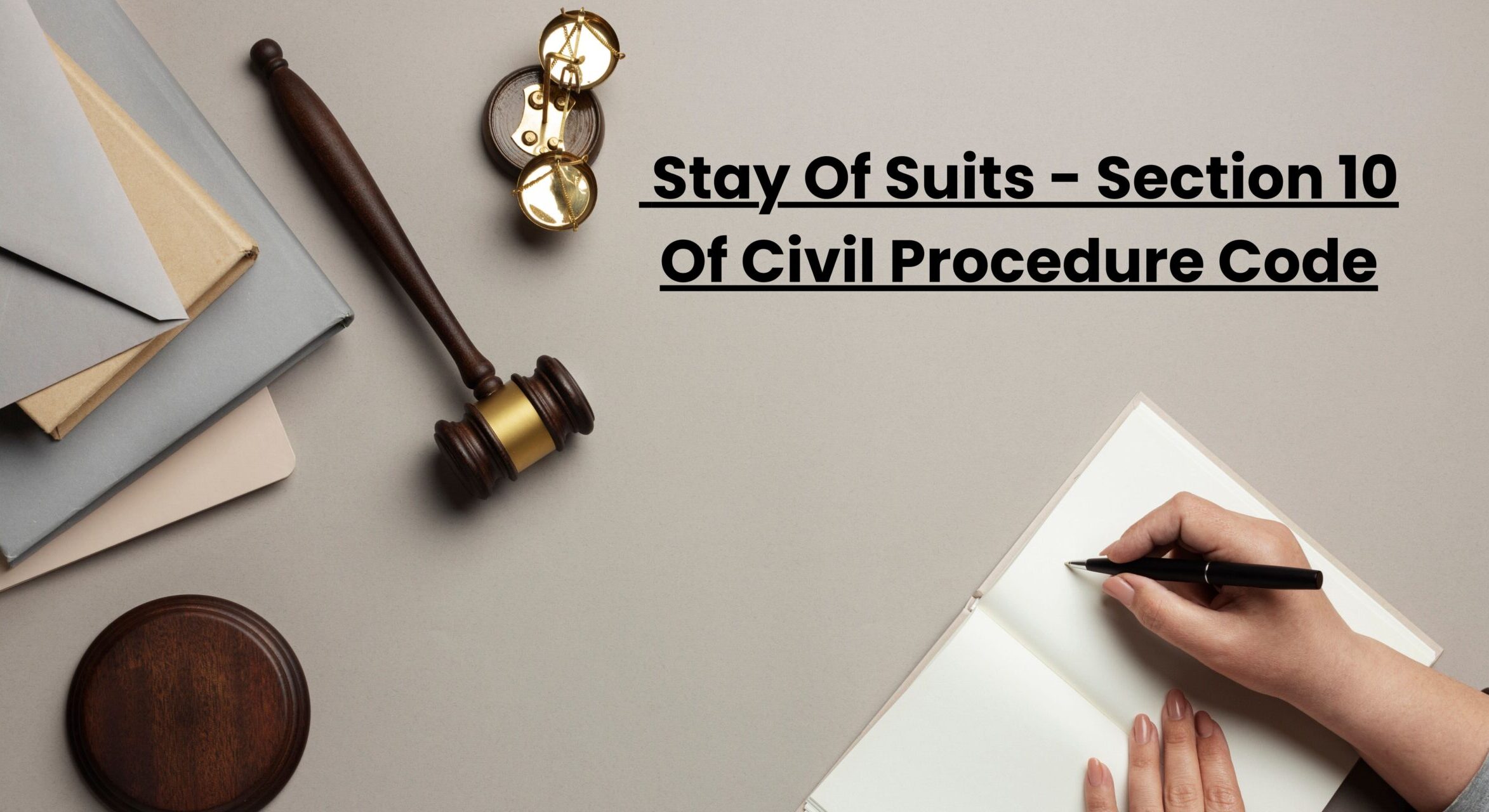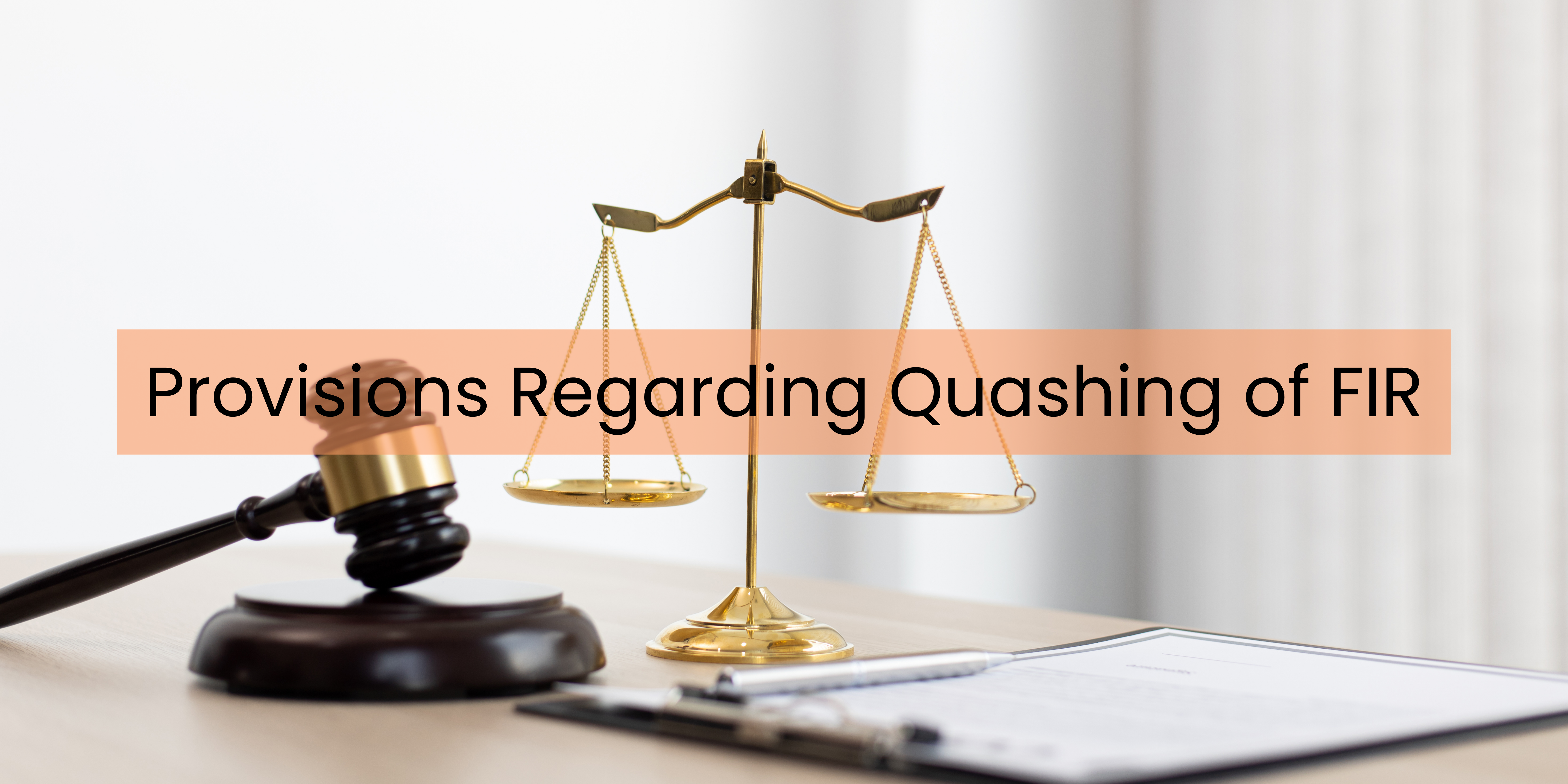Legal proceedings can sometimes become complex, especially when multiple courts have jurisdiction over the same matter. To prevent conflicting judgments and ensure fair and efficient justice, the Civil Procedure Code (CPC) in many jurisdictions includes provisions for the stay of suits under Section 10.
What is Section 10 of Civil Procedure Code?
Sec 10 of CPC states that:
No Court shall proceed with the trial of any suit in which the matter in issue is also directly and substantially in issue in a previously instituted suit between the same parties, or between parties under whom they or any of them claim litigating under the same title where such suit is pending in the same or any other Court in 1[India] have jurisdiction to grant the relief claimed, or in any Court beyond the limits of 1[India] established or continued by 2[the Central Government 3* * *.] and having like jurisdiction, or before 4[the Supreme Court].
Meaning:
In simpler terms, Sec 10 of the Civil Procedure Code prevents courts from dealing with identical cases between the same parties simultaneously. If someone files a lawsuit in one court, and the same issue is already being heard in another court involving the same people, Section 10 can step in to halt or dismiss the later lawsuit.
For Example:
Imagine there’s a dispute between A and B regarding the ownership of a piece of land. A files a lawsuit in the District Court claiming ownership of the land, and simultaneously, B files a similar lawsuit in the High Court over the same land dispute.
Upon realizing that two separate courts are handling identical cases, and the matter in issue, is directly & substantially in issue, in B’suit regarding the land’s ownership, the courts invoke Section 10 of the Civil Procedure Code to avoid conflicting judgments and streamline the legal process.
The District Court and the High Court, after confirming the identity of parties (A and B) and the subject matter (land ownership dispute), decide to halt or stay one of the cases. This decision aims to prevent redundant legal proceedings and ensure fairness in the resolution of the dispute.
As per Sec 10, the court where the second suit was filed (in this case, the High Court) might stay its proceedings until the matter in the first suit (filed in the District Court) is resolved. Once the District Court resolves the case, providing a clear decision on the land’s ownership, the High Court can proceed accordingly.
Also Read: Understanding Doctrine Of Res Judicata Under The Code Of Civil Procedure-Section 11
Purpose of Section 10 (Stay of Suits):
The primary objective of Section 10 is to stop different courts from dealing with the same case at the same time. This happens when the case, the issue being argued, and what the person is asking for (relief) are all the same. The reason behind this rule is to make sure that the person who starts a legal case sticks to just one court. This helps prevent too many lawsuits on the same matter and avoids situations where two courts might give different decisions about the same matter.
Conditions to satisfy Section 10:
To apply Sec 10 of CPC, the following 4 conditions must be fulfilled:
- The matter in issue must be directly and substantially the same
- The first lawsuit should be ongoing in either the same court or a different one. and that the court should have the power to give the solution sought in both the ongoing and the new lawsuit. Also, the date when the lawsuit is filed is more important than when it’s accepted by the court. This decides which case was started first.
- Both the suits must be between the same parties or their representatives.
- Such parties must be litigating in both the suits under the same title.
Important Notes:
- The pendency of suit in a foreign court does not prevent the courts in India from trying a suit founded on the same cause of action.
- This section only stops the trial and not the institution of suit. When the conditions of Section 10 are satisfied, the later suit must be stayed. A court cannot dismiss a suit under this section; it can only postpone the trial.
Conclusion:
Section 10 of the Civil Procedure Code plays a vital role in ensuring the efficient administration of justice. By preventing the simultaneous continuation of similar suits in different courts involving the same parties and subject matter, Section 10 helps maintain judicial consistency and prevents unnecessary legal complexities.
It’s important for parties involved in legal proceedings to be aware of Section 10 and its implications. Understanding this provision can help avoid redundant litigation and contribute to the smooth functioning of the legal system.


